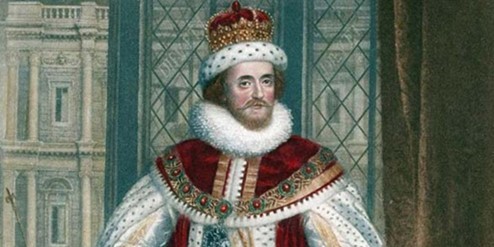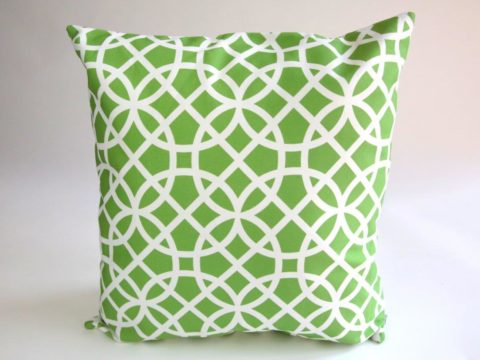James VI and I: The Man Behind the Myth
Chapter 5 : The Unstylish Sovereign: was James badly dressed?

Portraits of King James tend to lack the eye-popping sense of majesty projected by images of Elizabeth I and Henry VIII. The reason here is obvious: styles had changed. Broad-shouldered, furred, leonine coats and doublets were long-gone, and James would hardly have looked at home in one of Queen Elizabeth’s richly-embroidered, cage-like, heavily-symbolic gowns. Yet, although not mentioned in the Court and Character, the idea has long endured that King James lacked the royal pizazz of his forebears. There is, further, evidence of this in the 1603 report of the Venetian ambassador Scaramelli, who cattily stated of the new English king that ‘from his dress he would have been taken for the meanest among his courtiers.’[vi]Yet this is only part of the story.
At the outset of his English reign, James had a fine line to walk: on the one hand, he had to defang Puritanical attacks on the ostentation and frivolity of the royal court (which he increasingly declined to do as he grew blowsier and more willing to flout critics); on the other, he understood the power and politics of display. His solution was to dress conservatively when occasion demanded it, and to dazzle whenever the opportunity arose. From his late teenage years, the king adored fine clothes and jewels – and he was eager to purchase them even when his coffers were empty (a problem that would not stop him in either Scotland or England). When he began receiving an annuity from Elizabeth I in the mid-1580s, he was not shy about spending it on bright, expensive clothing. In his first years in England, he quadrupled the late queen’s wardrobe spending. On the occasion of his daughter Elizabeth’s marriage, he donned a black suit and Spanish cape and decked himself in £600,000 of jewels, including ‘the fair great pearl pendant called the Brethren, the Portugal Diamond, and the great table diamond set in gold called the Mirror of France.’[vii] Far from being a dowdy, conservatively-dressed frump (a tag better applied to Philip II of Spain, who made a virtue of dressing down in his later years), James tricked himself out more extravagantly – and more expensively – than any previous English or Scottish monarch, imbuing the style of his day (doublets, cloaks, and tall hats) with an array of glittering jewels. In truth, this supposedly gauche, staid king oversaw one of the most sybaritic and louche courts in English history: and he saw himself as its heart and soul. This is the James – the colourful, jewel-encrusted, brilliantly-educated, sometimes fanatical sovereign – waiting to be discovered beyond the tired, hoary image which caricatured his old age and which has, irritatingly, been allowed to inform public opinion of his court and character for centuries.
[vi] Hayward, Stuart Style, p. 204.
[vii] Bingham, James I, p. 117.
